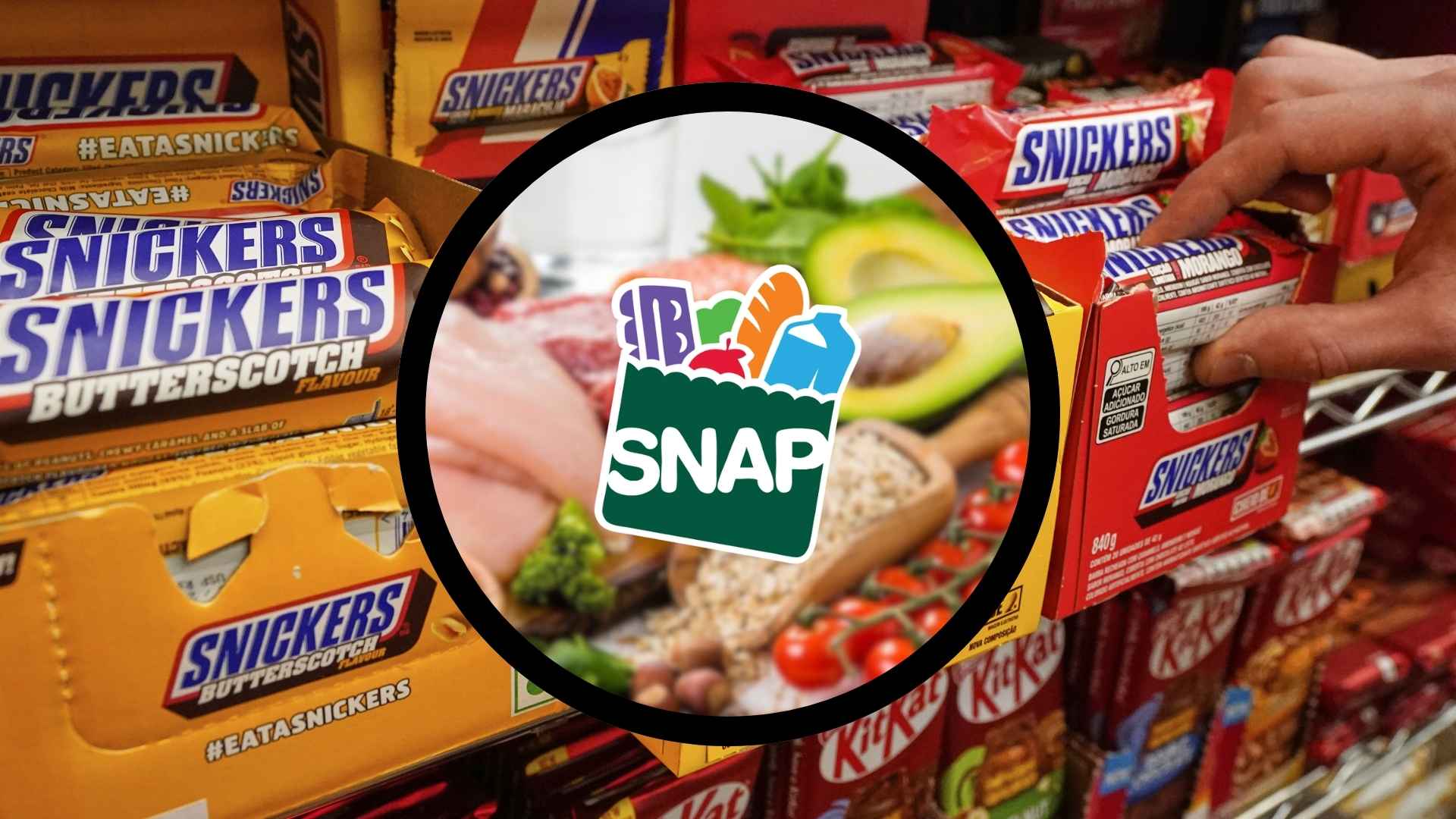Millions of Supplemental Nutrition Assistance Program recipients in West Virginia, Florida, Colorado, Louisiana, Oklahoma, and Texas will soon find chips, candy, and sugary drinks off‑limits when they swipe their electronic benefit transfer (EBT) cards.
The U.S. Department of Agriculture has approved new waivers allowing each of these states to redefine what can—and cannot—be bought with SNAP funds, a change expected to affect roughly 8.5 million low‑ and moderate‑income residents across the six jurisdictions.
First things first: the bans do not kick in until 2026, so no one needs to panic at the checkout line tomorrow. Still, it is wise to know what’s coming and plan ahead.
New USDA waivers let states tighten SNAP junk food restrictions starting 2026
A USDA waiver gives states flexibility to deviate from standard federal rules, and these latest approvals follow similar moves earlier this year by Arkansas, Idaho, Indiana, Iowa, Nebraska, and Utah. Once the new rules take effect, SNAP affiliates in the 12 participating states will no longer be able to use benefits on foods high in sugar and fat but low in nutritional value. In practical terms, that means sodas, energy drinks, and certain sweets are on the chopping block—though the exact product lists differ from state to state.
States joining the junk‑food ban
- West Virginia
- Florida
- Colorado
- Louisiana
- Oklahoma
- Texas
So, will your weekly grocery routine need an overhaul? That depends on where you live and what you buy today.
| State | Key items no longer eligible (from 2026) |
|---|---|
| Texas | Soda, energy drinks, candy, prepared desserts |
| Louisiana | Soft drinks, energy drinks, candy |
| Colorado | Soft drinks |
| West Virginia | Soft drinks |
| Florida | Final item list pending USDA confirmation |
| Oklahoma | Final item list pending USDA confirmation |
Table 1: Proposed exclusions under the newly granted SNAP waivers.
How the junk food ban could reshape grocery choices for 8.5 million recipients
Proponents say removing sugary drinks and empty‑calorie snacks can trim obesity rates and curb diabetes, ultimately saving taxpayers on healthcare costs. Critics counter that restricting choices does little to solve deeper problems such as food deserts and rising produce prices. After all, if the nearest store mainly stocks processed foods, healthier picks remain out of reach regardless of policy shifts.
Opponents and supporters clash over health gains and personal freedom in SNAP program
Health and Human Services Secretary Robert F. Kennedy applauds the waivers for putting “real food back at the center of the program.” Texas Governor Greg Abbott calls the move “an innovative way for Texans to lead healthy lives.” On the other hand, policy analyst Kavelle Christie warns that households in rural areas may still struggle to find affordable fresh options, asking, “Why police the cart when produce isn’t on the shelf?”
Most states will spend the next year drafting final food lists, updating point‑of‑sale systems, and educating retailers and recipients. SNAP households should:
- Watch for mailers or texts from state human‑services departments.
- Compare current shopping habits with the preliminary banned‑item list.
- Explore local farmers markets and discount produce boxes now, before the rules tighten.
Consequently, while the checkout landscape will change, planning ahead can keep dinner plates healthy and budgets intact.

